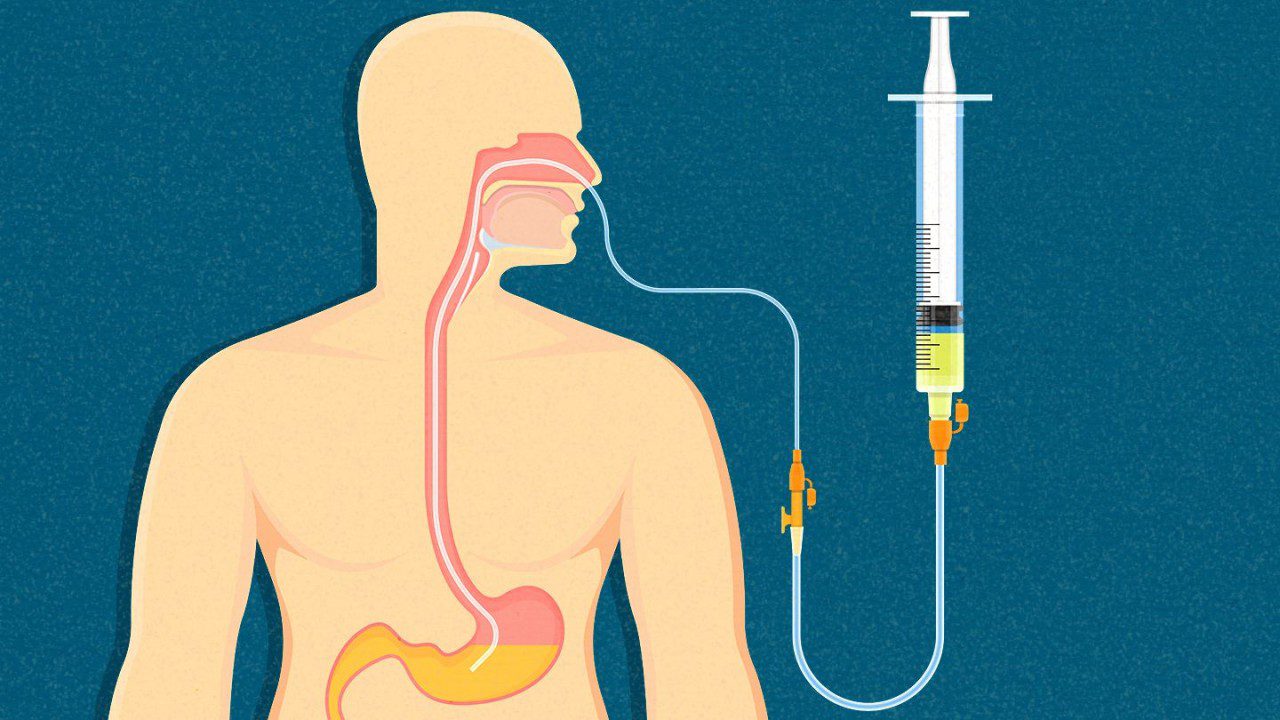As per the report published by The Brainy Insights, the global enteral feeding formula market is expected to grow from USD 7.21 billion in 2022 to USD 13.09 billion by 2032, at a CAGR of 6.15% during the forecast period 2023-2032. North American region emerged as the largest global enteral feeding formula market, with a 38.49% market revenue share in 2022. The increasing incidences of chronic diseases coupled with the growing malnutrition propel the market’s growth in this region. Furthermore, the rising prevalence of preterm births and the rising healthcare expenditure are anticipated to drive market growth in this region. In addition, the Asia Pacific region is expected to show the fastest CAGR growth over the projection period due to the rising population in emerging countries.
Enteral Feeding Formula Market Size by Flow Type (Continuous Feeding Flow and Intermittent Feeding Flow), Product (Disease-Specific Formula and Standard Formula), Indication (Nutrition Deficiency, Oncology, Diabetes, Alzheimer’s, Orphan Diseases, Cancer Care, Chronic Kidney Diseases, Pain Management, Dysphagia, Malabsorption/GI Disorder/Diarrhea, and Others), Stage (Pediatric and Adult), End-User (Home Care and Hospitals), Regions, Global Industry Analysis, Share, Growth, Trends, and Forecast 2023 to 2032
Leading companies in the industry include Nestlé S.A., Abbott Laboratories, Mead Johnson Nutrition Company, Fresenius Kabi AG, Danone S.A., Victus Inc., Hormel Foods, LLC, B. Braun Melsungen AG, Global Health Product Inc., Aveanna Healthcare, Meiji Holdings Co., Ltd., Nutricia and among others which are offering greater opportunities and are continuously focused on new product developments and venture capital investments to obtain market share.
The flow type segment is divided into continuous feeding flow and intermittent feeding flow. The continuous feeding flow segment led the market with a market share of 55.25% in 2022. This growth is attributed to the lower feeding rate of continuous feeding flow compared to intermittent feeding. The product segment is divided into the disease-specific formula and the standard formula. The standard formula segment led the market with a market share of 59.07% in 2022. This growth is attributed to the high usage of enteral nutrition for basic clinical nutritional needs and easy commercial availability. The indication segment is divided into nutrition deficiency, oncology, diabetes, Alzheimer’s, orphan diseases, cancer care, chronic kidney diseases, pain management, dysphagia, malabsorption/GI disorder/diarrhea, and others. The oncology segment led the market with a market share of 19.29% in 2022. This growth is attributed to the increasing burden of cancer. The stage segment is divided into pediatric and adult. The adult segment led the market with a market share of 56.21% in 2022. This growth is attributed to the increasing geriatric population. The end-user segment is divided into home care and hospitals. The home care segment led the market with a market share of 54.27% in 2022. This growth is attributed to the increasing demand for home care.
The scope of enteral nutrition in emerging countries and technological advancements in enteral feeding instruments are driving the enteral feeding formula market’s growth. Further, the increasing demand for enteral feeding in home care settings, along with the rising number of COVID-19 cases in various geographies, is also helping to stimulate the enteral feeding formula market growth during the forecast period. Additionally, the growing burden of chronic diseases such as cancer, diabetes, and other neurological conditions is also helping to boost market growth over the forecast period.
Read Press Release on Liver Fibrosis Market



































